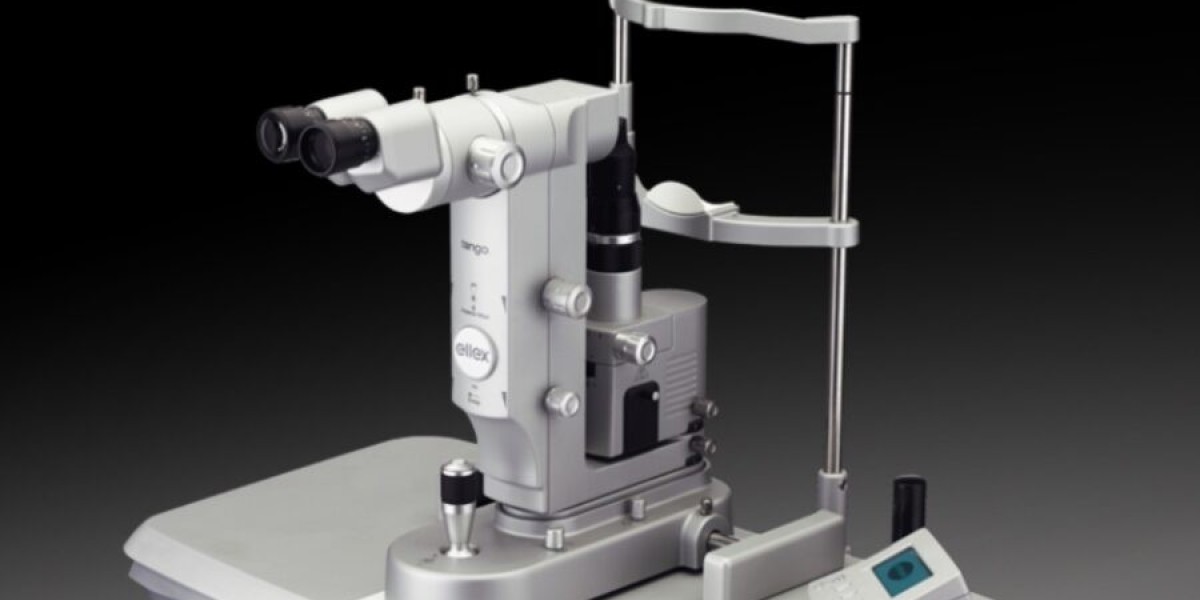Selenium WebDriver Best Practices in Python: Tips and Tricks
Selenium WebDriver, coupled with the versatility of Python, empowers automation testers to create robust and efficient test scripts. As you embark on your Selenium Python course or delve into automation testing with Python, adopting best practices becomes paramount. In this guide, we'll explore essential tips and tricks for harnessing the full potential of Selenium WebDriver withPython, ensuring your test automation endeavors are both effective and maintainable.
1. Use Explicit Waits for Synchronization:
One common pitfall in test automation is dealing with synchronization issues. Explicit waits are a powerful mechanism to handle dynamic elements and ensure that the script waits for the element to be in the desired state before proceeding.
python
Copy code
from selenium.webdriver.support.ui import WebDriverWait
from selenium.webdriver.support import expected_conditions as EC
from selenium.webdriver.common.by import By
element = WebDriverWait(driver, 10).until(
EC.presence_of_element_located((By.ID, "element_id"))
)
2. Leverage Page Object Model (POM):
Implementing the Page Object Model enhances the maintainability and readability of your test scripts. It involves creating separate classes representing each web page and encapsulating the related functionality within those classes.
python
Copy code
class LoginPage:
def __init__(self, driver):
self.driver = driver
def login(self, username, password):
# Implementation of login functionality
3. Centralize Locator Strategies:
Centralizing the definition of locator strategies (IDs, XPaths, etc.) in a separate module or class promotes consistency and ease of maintenance. If a locator changes, you only need to update it in one place.
python
Copy code
class Locators:
USERNAME_INPUT = (By.ID, "username")
PASSWORD_INPUT = (By.ID, "password")
4. Implement Headless Testing:
Headless testing involves running the browser in a headless mode, without a graphical user interface. This can significantly speed up test execution and is especially useful for continuous integration environments.
python
Copy code
from selenium.webdriver.chrome.options import Options
options = Options()
options.headless = True
driver = webdriver.Chrome(options=options)
5. Organize Test Data Effectively:
Separate test data from test scripts to enhance maintainability. Use external files or data sources, and consider using libraries like pytest that facilitate parameterized testing.
python
Copy code
import pytest
@pytest.mark.parametrize("username, password", [("user1", "pass1"), ("user2", "pass2")])
def test_login(username, password):
# Test implementation using the provided username and password
6. Capture Screenshots on Failure:
Implement a mechanism to capture screenshots when a test fails. This aids in diagnosing issues quickly and provides visual evidence of the failure.
python
Copy code
def test_example():
try:
# Test implementation
except Exception as e:
driver.save_screenshot("failure_screenshot.png")
raise e
7. Implement Logging:
Integrate logging into your test scripts to capture relevant information. This includes logging steps, interactions, and any additional information that can aid in debugging.
python
Copy code
import logging
logging.basicConfig(level=logging.INFO)
def test_with_logging():
logging.info("Starting the test")
# Test implementation
logging.info("Test completed successfully")
8. Parallel Test Execution:
Consider parallelizing test execution to reduce overall test suite execution time. Tools like pytest-xdist facilitate parallel testing.
bash
Copy code
pytest -n auto
9. Optimize Selectors for Improved Performance:
Efficient selector strategies contribute to faster test execution. Choose the most appropriate selector type (ID, CSS, XPath) based on the context and performance considerations.
10. Regularly Update WebDriver and Browser Versions:
Keep your WebDriver and browser versions up-to-date to benefit from the latest features, bug fixes, and performance improvements.
python
Copy code
from webdriver_manager.chrome import ChromeDriverManager
driver = webdriver.Chrome(ChromeDriverManager().install())
Conclusion:
As you navigate the exciting realm of Selenium WebDriver with Python, adopting these best practices will elevate your test automation game. Whether you're enrolled in a Selenium Python course or exploring automation testing with Python independently, these tips and tricks are essential for creating maintainable, efficient, and reliable test scripts.
By incorporating these practices into your Selenium WebDriver journey, you'll not only streamline your test automation processes but also set the stage for scalable and successful test suites.- Automation Testing with cucumber framework








